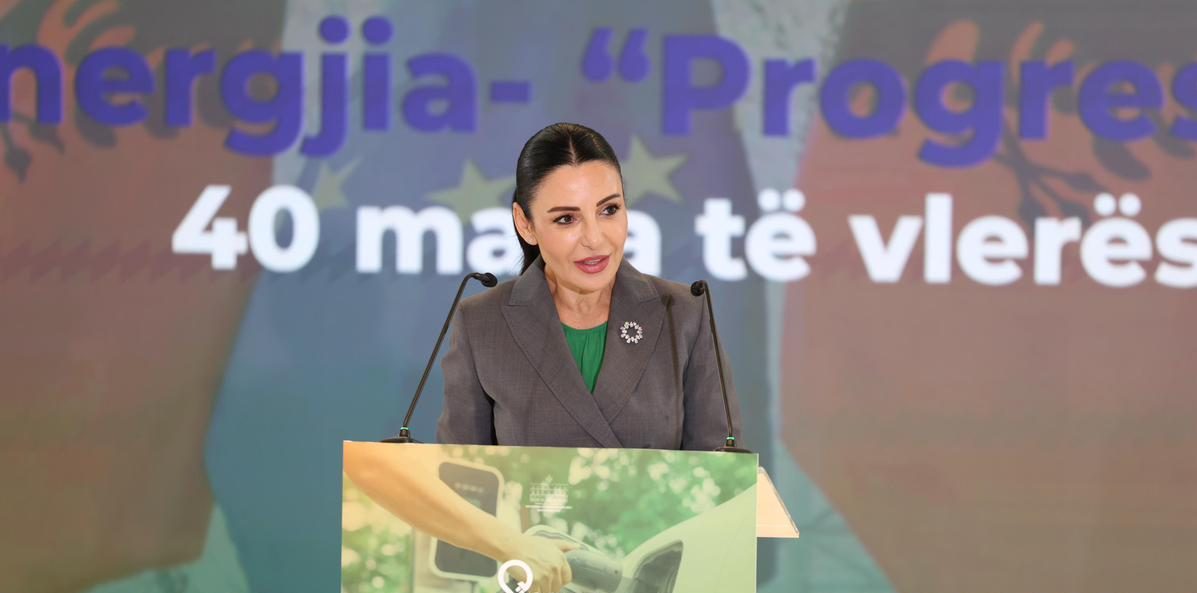2026 Draft Budget Allocates More Funds for Healthcare, Pensions, and Infrastructure
Today, Minister of Finance Petrit Malaj presented the draft budget for 2026 before the Parliamentary Committee on Economy, Employment, and Finance. The budget aims to balance fiscal sustainability with support for social and economic development.
“The draft budget for 2026 anticipates total expenditures of 886.7 billion ALL (or 31.9% of GDP), which is an increase of approximately 55 billion ALL compared to 2025,” Malaj stated. Meanwhile, budget revenues for next year are projected at 823.1 billion ALL (29.6% of GDP), which is an increase of 52.9 billion ALL compared to the revised plan for this year,” Malaj stated.
Healthcare remains a top priority, with a planned budget of 81.2 billion ALL (approximately 2.9% of GDP). The budget will finance prescription treatments for approximately 400,000 patients, guarantee the supply of oncological medications within the hospital system, and continue reconstructing regional hospitals and health centers. New hospital service packages are also planned.
Another key pillar of the draft budget is Pension Reform, beginning in January 2026 and extending until 2030. The increase in urban, rural, family, and disability pensions is expected to have a financial impact of 10.4 billion ALL in 2026 and will be fully covered by the state budget.
Additionally, starting January 1, 2026, the minimum wage will rise from 40,000 to 50,000 ALL per month, which will benefit around 308,000 employees in both the public and private sectors. The medium-term plan projects that the minimum wage will reach 60,000 ALL by 2028 and 70,000 ALL by the end of the current mandate. Over 144,000 public administration employees will receive differentiated and periodically indexed salary increases, at a total cost of 10 billion ALL.
Public investments in 2026 will total 179.6 billion ALL (6.5% of GDP) and will focus on infrastructure, renewable energy, digitalization, and projects under the EU Growth Plan.
According to Minister Malaj, the 2026 outlook anticipates 4% economic growth, an unemployment rate of 8.5%, and stable inflation of around 2.2%. The budget deficit is expected to decline to 2.3% of GDP, and public debt is expected to fall to 53.6%. Malaj noted that while the 2026 Fiscal Package does not introduce new tax increases, it does include relief measures for businesses and farmers. These measures include 10% VAT compensation for farmers and a 5% property revaluation rate.



